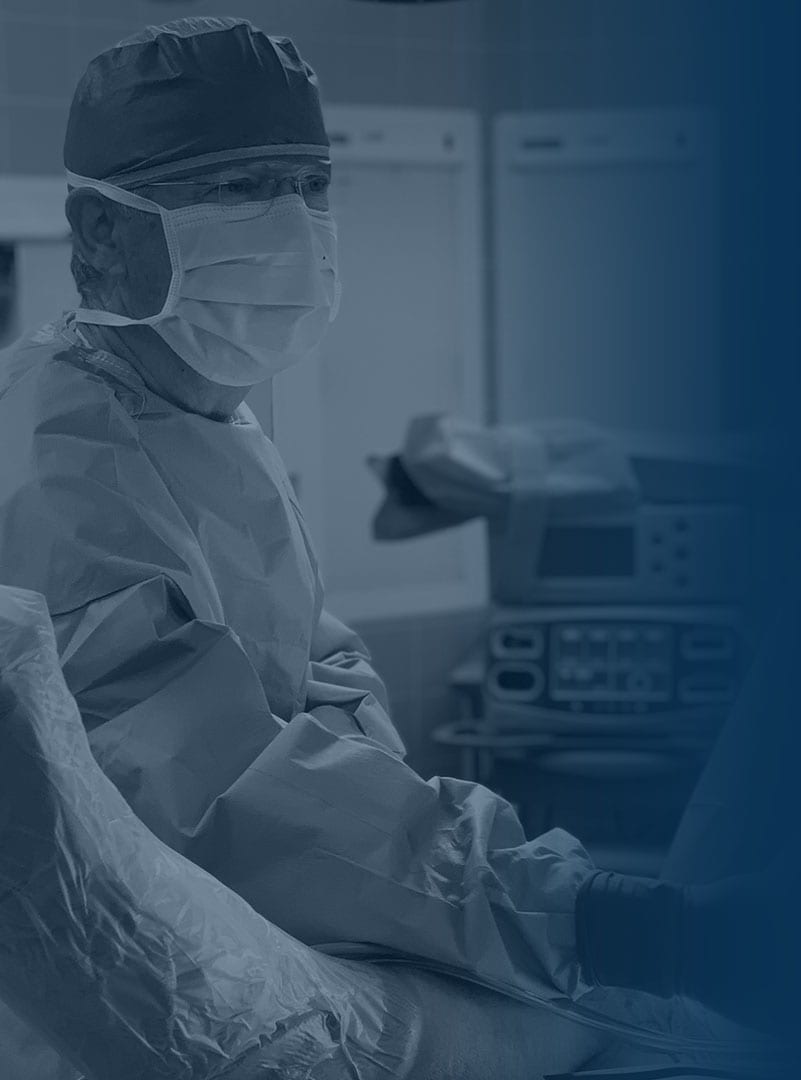Hip Arthroscopy

Anatomy of the Hip
The hip joint is one of the most important joints in the human body. It allows one to walk, run, and jump. It bears our body’s weight and the force of the strong muscles of the hip and leg.
The labrum is a type of cartilage that surrounds and covers the rim of the hip socket. The labrum can become injured or torn because of a traumatic, acute injury, or through a degenerative process of chronic tearing. The gluteus medius/minimus muscles are key stabilizers of the hip joint and serve very important functions during walking and sporting activities.
Hip Arthroscopy
This is a minimally invasive surgical procedure in which an examination and treatment of a joint is performed using an arthroscope. During the arthroscopy, the surgeon examines and repairs your injured or diseased joint with the help of an optical instrument called an arthroscope. An arthroscope is a thin fiber-optic scope which is about the diameter of a drinking straw. It is fitted with a miniature camera and light source. Other tools used are shavers, lasers, and a type of biting tool.
Procedures
Conditions treated with arthroscopic surgery of the hip include: labral tears, bone spurs, gluteus minimus/maximus tears, and debridement of surrounding inflamed tissue.
Anesthesia
General anesthesia is used unless contraindicated. You will receive certain medications through your IV that make you unconscious and unable to feel pain during your surgical procedure.
Surgery Time
Normal time for a hip arthroscopy is 30-45 minutes.
Hospital Stay
You will be in the hospital approximately 5 hours. This is an outpatient procedure and rarely an overnight stay.
Average Total Recovery Time
Total recovery time is from 1-2 months.
Incision
You will have two to four 1-inch incisions.
Possible Complications
Complications include infection, nerve damage, circulatory damage, and an anesthesia risk.
Weight-Bearing
You will be weight-bearing as tolerated and will be provided crutches for pain control and stability. Most patients no longer need crutches after 2-4 days.
Dressing
After 48-72 hours, you may remove your dressing, shower, clean incision with alcohol, and apply dry bandages. If you have steri-strips under your large bandage, you may remove them in 5-7 days.
Medications
Your prescription will consist of a pain medication, usually Norco or Percocet. Phenergan or Zofran may also be given for nausea, if needed. You may resume your anti-inflammatory medicine (Advil or Aleve) plus a Tylenol following surgery. Begin weaning yourself off narcotics as soon as possible.
Icing
Ice your hip every hour for 20 to 30 minutes. This not only helps swelling, but helps with pain.
Exercises
Do these exercises only if you are instructed to do them by Dr. Bramlett after surgery. If you have had reconstructive surgery Dr. Bramlett only wants you to walk around with crutches. No lifting over 10 pounds and no squatting until after your first post op visit.
Post-Op Day 1:
- Begin abduction exercises. Standing up and holding on to a counter, move your operative leg up to the side and back. Do this slowly 5-30 times, as tolerated three times daily.
- Holding on to a counter, bend over at the waist, bend the knee of your operative leg to 90 degrees. Abduct your leg away from your body. Do this slowly 5-30 times, as tolerated three times daily.
Driving
You may drive 2-10 days post-op if you did not have surgery on your right hip. You cannot be on narcotic pain medication to drive. You must be able to press the gas pedal and apply brakes safely.
Post-Op Appointment
Your post-op appointment for staple removal will need to be 12-16 days after surgery. Please call (205) 783-5900 to make that appointment.


